History Of Comics
Comic Ads That Should Have Been Covers
by Joshua H. Stulman
There is some really beautiful artwork created by DC and Marvel that was never published as covers. Usually as advertising an upcoming storyline or premiere series, these became known as House Ads.
House Ads go back to the late 1930’s, known as the Golden Age, and at that time were mostly text with re-purposed artwork. An example of this is the announcement of Batman in the pages of Action Comic # 12 (May, 1939). This house ad is actually the first image of the Batman ever!
Throughout the Silver Age (1950’s and 1960’s), both Marvel and DC usually advertised new comics by reproducing the cover image alongside advertising slogans and the newsstand date. The term “Marvel Masterpieces” was regularly used in the mid-60’s Marvel ads so much that Marvel eventually used the moniker as the title of the 1993 trading card series. Marvel also had their artists create “Pin Ups” which were original art character sketches to help familiarize and showcase the growing number of comic characters. These were known as “Marvel Masterworks.” This title would eventually be re-purposed for their high end hardback book reprint series of the late 1980’s.
By the Late-1970’s Marvel began to create House Ads with entirely original art. Many of these new ads were fully rendered illustrations that could easily double for covers. The Late 1970’s saw an influx of a new wave of young artists that grew up on the original 60’s Marvel comics and were eager to make their mark on their favorite characters. Aside from fan enthusiasm, comic artists needed to promote their projects to rally fans to buy their books. John Byrne created this House Ad to announce his early run on X-Men after he took over art chores from Dave Cockrum. The piece features an early image of Jean Grey as the Phoenix.
Frank Miller created this original artwork to advertise himself and Roger Stern’s as the new creative team on Doctor Strange starting with issue # 48 in 1981. Unfortunately, Frank Miller never drew Doctor Strange! He bowed out of the project because he was being considered for a James Bond adaption (that eventually went to Howard Chaykin) and later was too involved with his iconic run on Daredevil to return the Sorcerer Supreme. Instead, Marshal Rogers picked up the art chores on Doctor Strange and did a fantastic job in Miller’s place.
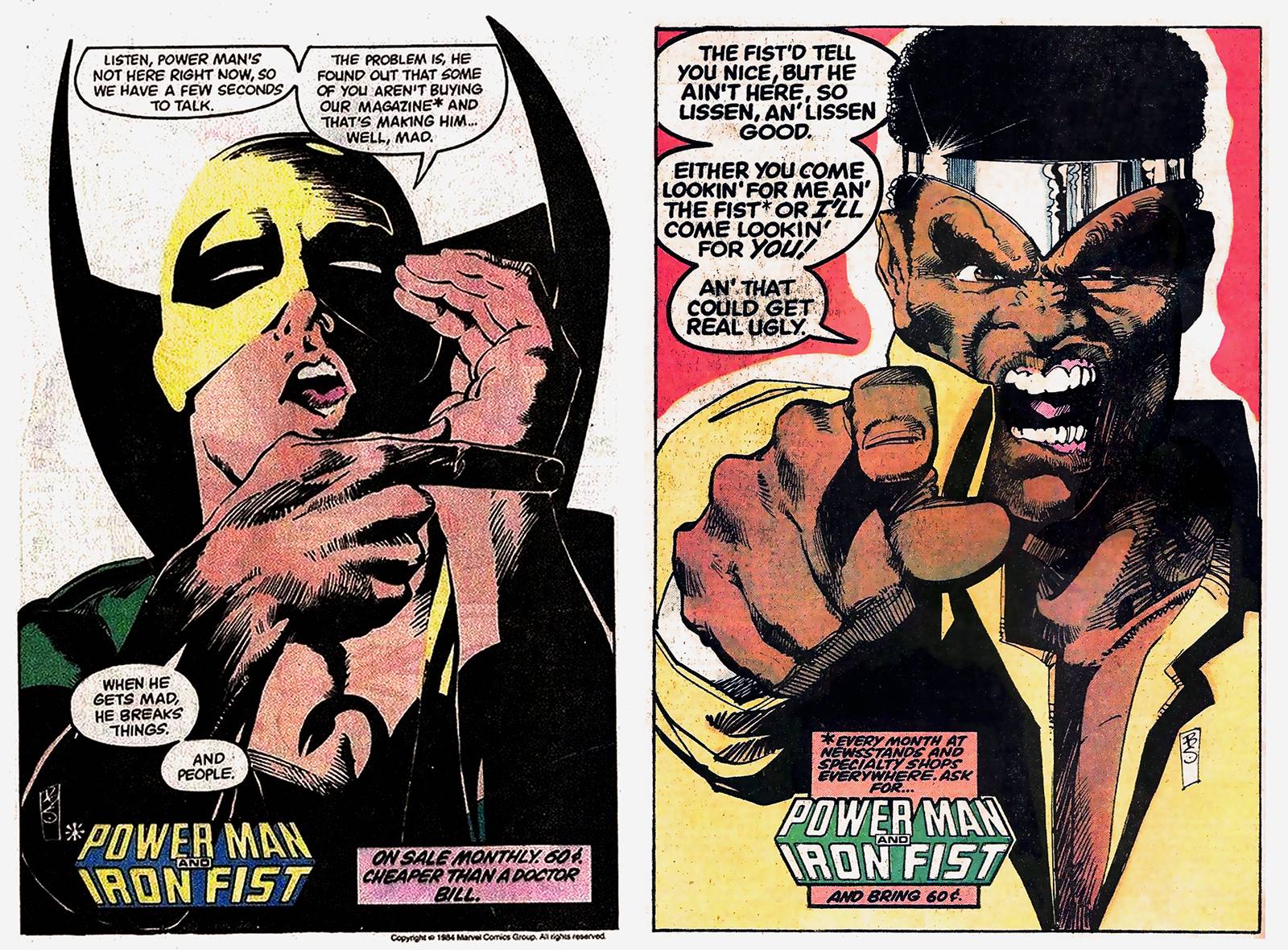
In the mid-1980’s Marvel began to expand their House Ads. These two ads were created by Bill Sienkiewicz to help create interest in the failing Powerman and Iron Fist series. Although Sienkiewicz never worked on the series, he was a top cover artist for Marvel at the time and was entering his widely popular run on New Mutants. The level of detail and illustration on these ads would have made great variant covers in today’s world!
The Death of Robin is perhaps the most spectacular advertising campaign. There were a series of original art House Ads created to hype the storyline (Batman #426-429) as well as the ability for fans to participate in deciding the outcome by the use of a Toll number. DC generated thousands of dollars just by having fans call in at $0.50 a call to vote. According to DC Publisher, Paul Levitz, the fan vote was narrow but that DC did abide by the public’s vote to kill off the second Robin, Jason Todd.
In the mid-1980’s the comic industry was booming with the emergence of comic shops across the country. With this new specialty shop outlet gathering thousands of fans each month to pick up the latest issues, Marvel and DC took note. Both companies began to develop dual House Ads. These ads were fully produced original art meant to advertise a new series or comic event, however they were issued as both House Ads as well as large scale posters for display in comic shops. Early examples include Jack Kirby‘s 1984 House Ad for his Justice League mini-series dubbed “Super Powers.” Today, these posters have become quite collectible in their own right.
Other great House Ads from the 1980’s include the Superman and Spider-Man team up. This was the second meeting of Superman and Spider-Man and included many guest stars and villains. Towards the Mid-1980’s, Marvel embarked numerous mini-series. Mike Zeck created his “Dangerous” Punisher ad to help advertise the Punisher’s first solo comic. Towards the end of the 1980’s, the anti-hero theme was in full swing and ushered in more deadly villains. John Romita Jr. developed a great ad featuring his new femme fatale, Tyhpoid Mary.
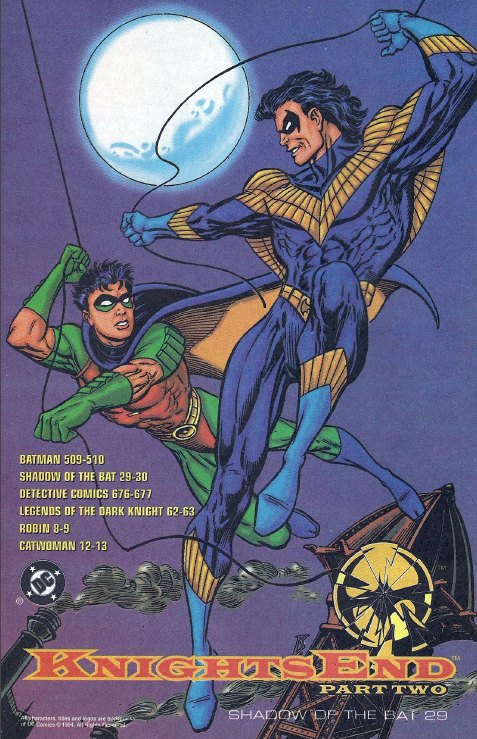
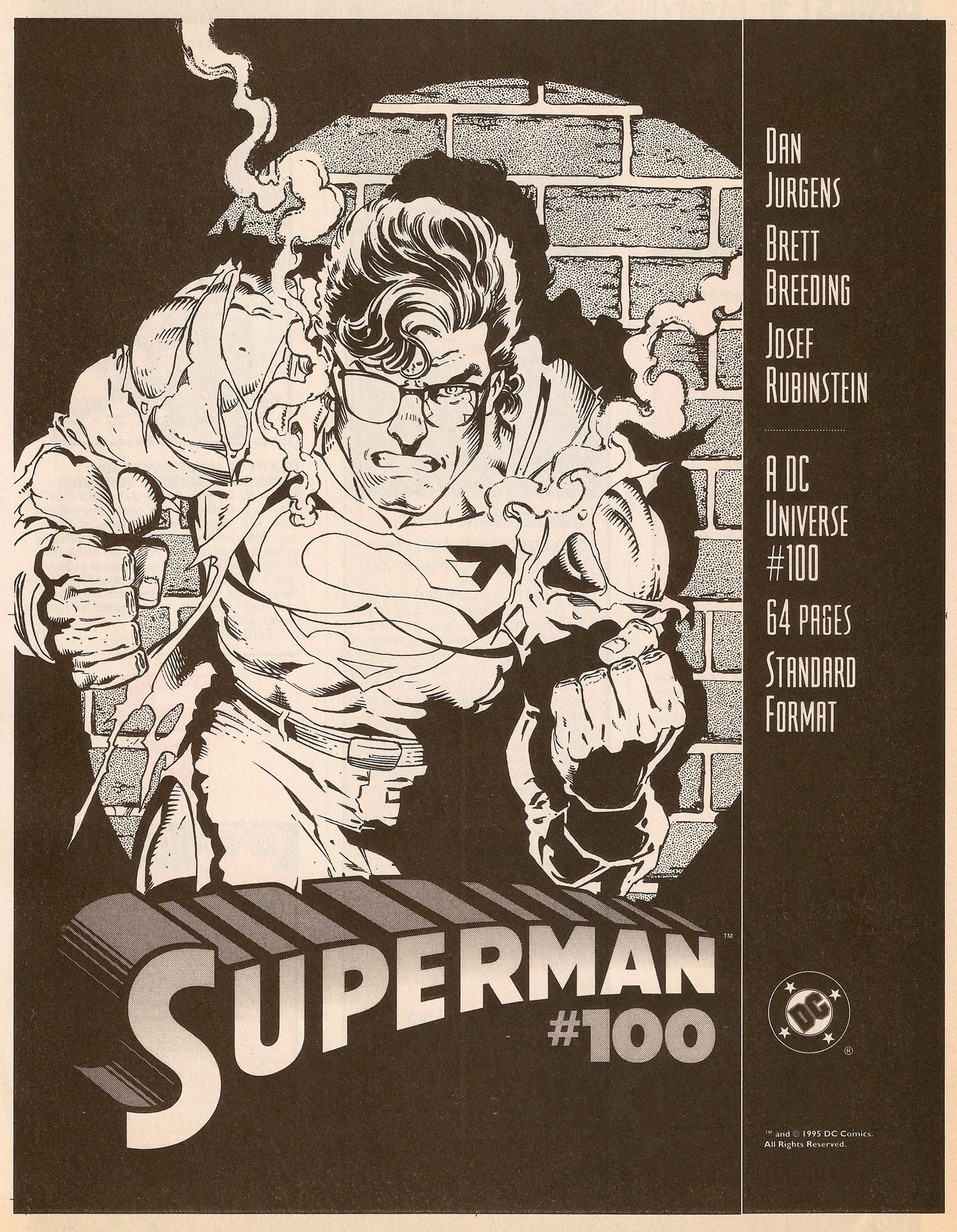
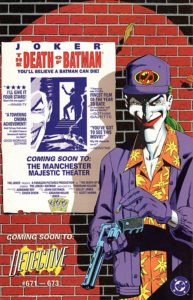
In the 1990’s, DC Comics had a tremendous amount of media attention from both the widely successful series of Batman movies as well as the iconic Death of Superman storyline. To keep momentum going, DC created a series of storylines that lead into each other. Between 1992 and 1994, DC created a long standing story in the Batman comics called Knightfall. The 19 part story saw Batman replaced by a more violent counterpart. The series was expanded into an additional Knightsquest storyline that saw the New Batman go up against new and old Batman foes alike. DC created a House Ad to advertise Joker’s story (Detective Comics #671-673) in the series. His story mocked the current real life success of Batman’s movie industry appeal. The final storyline, Knightsend, saw Bruce Wayne reclaim the mantle of Batman. DC produced a number of House ads re-purposing comic covers, however they also released a very nice image of Nightwing and Robin (that pays homage to Batman # 1 from 1940). In the mid 1990’s DC was approaching centennial anniversaries of their post-Crisis series. Dan Jurgens created a House Ad for Superman # 100 that I suspect was originally intended as the newsstand cover for this issue.
In today’s advertising, Original Art House Ads are rarely created due to the time restraints on the artists. Instead media campaigns on Facebook and Instagram often serve as the main venue to reach and excite the new legion of comic fans. Strangely enough, some of these great Pin Ups and House Ads are finally realizing their full potential as re-purposed covers to Graphic Novels and collected Trade Paperbacks.
Check Out our great selection comics from the 1940’s to present CLICK HERE
Joshua H. Stulman
Owner, BrooklynComicShop

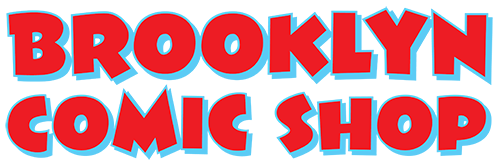
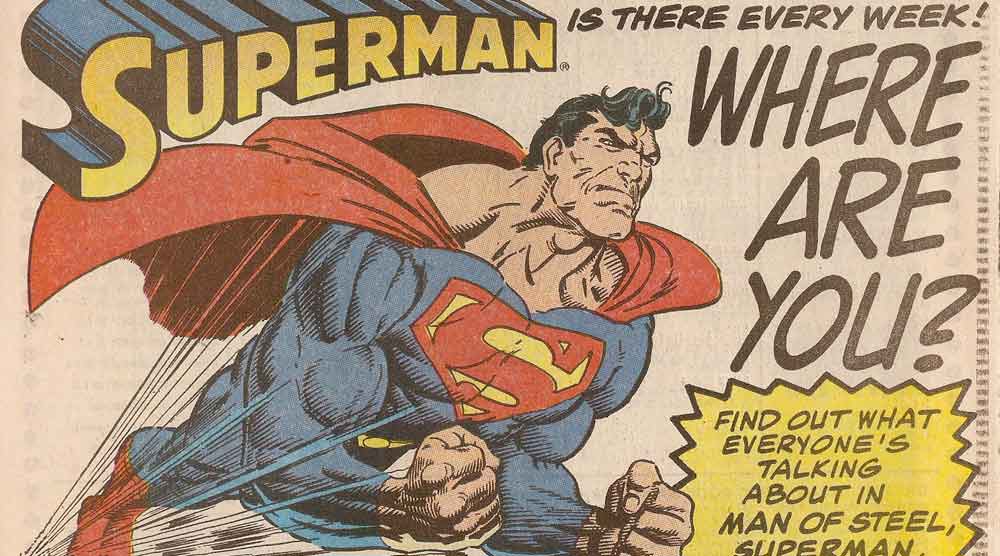
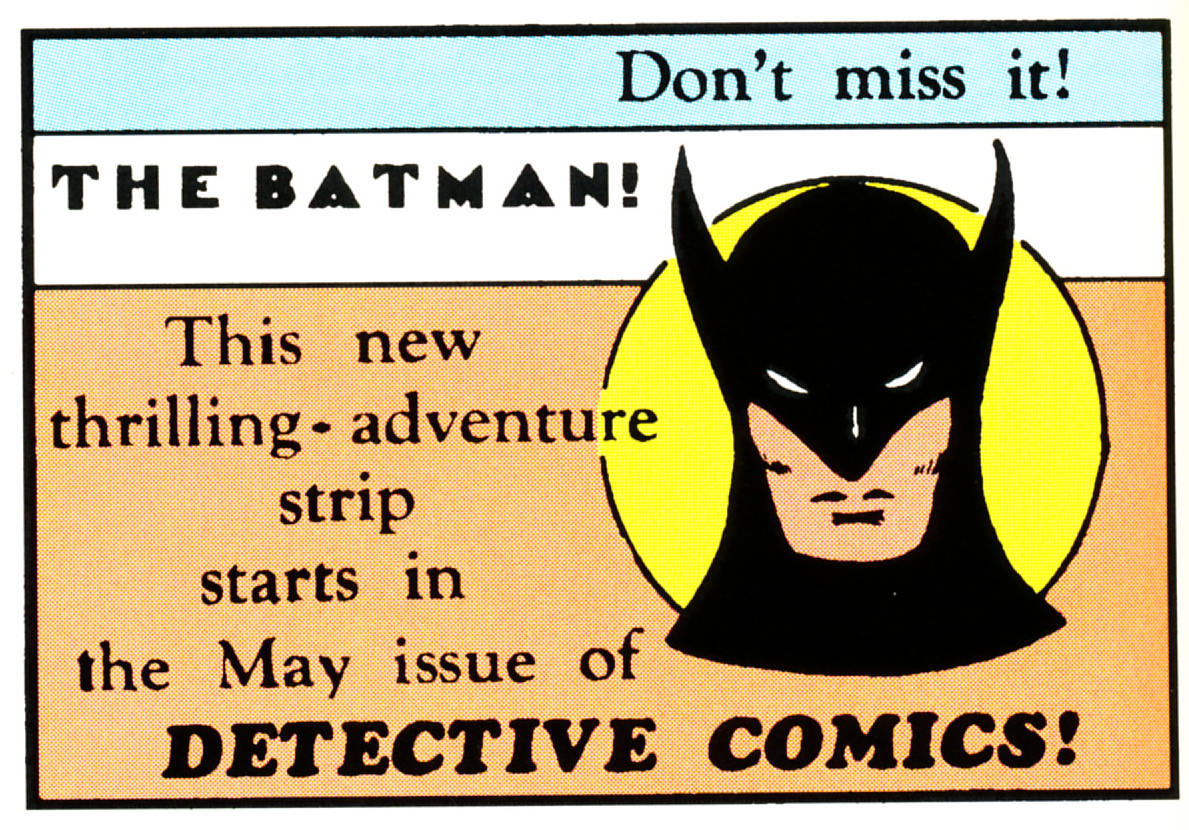
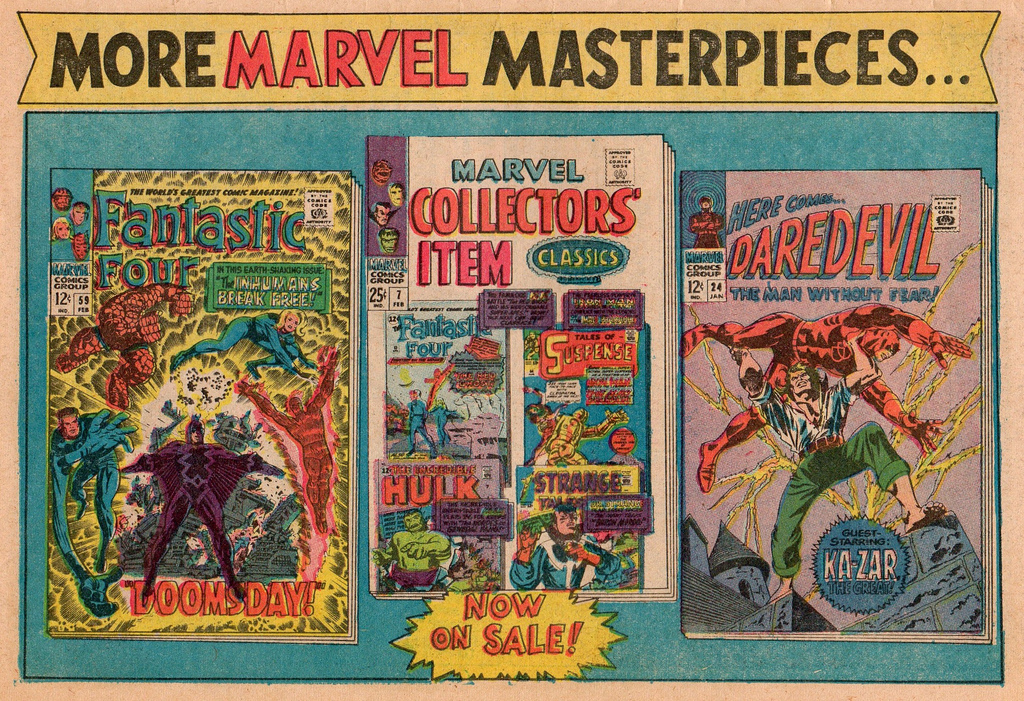
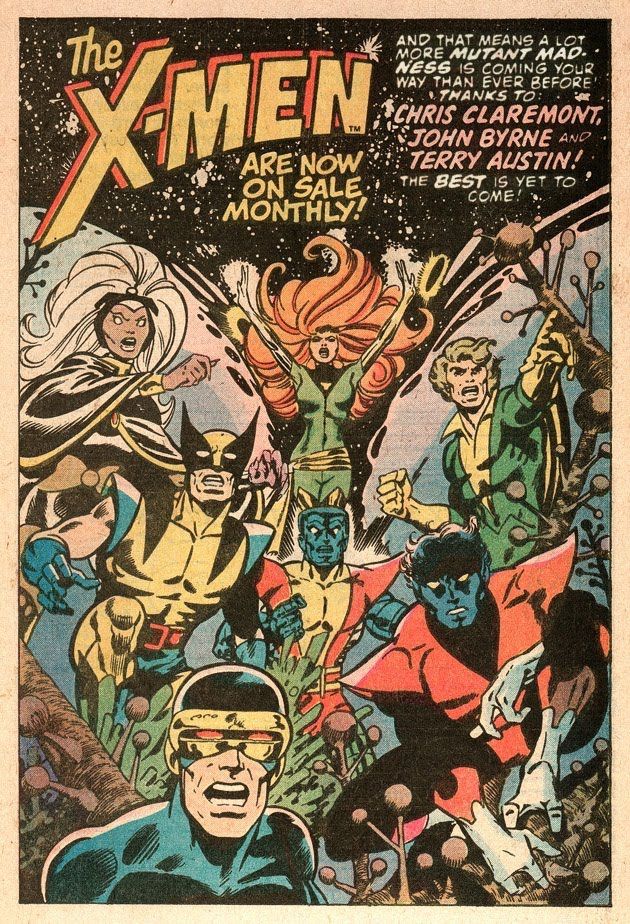
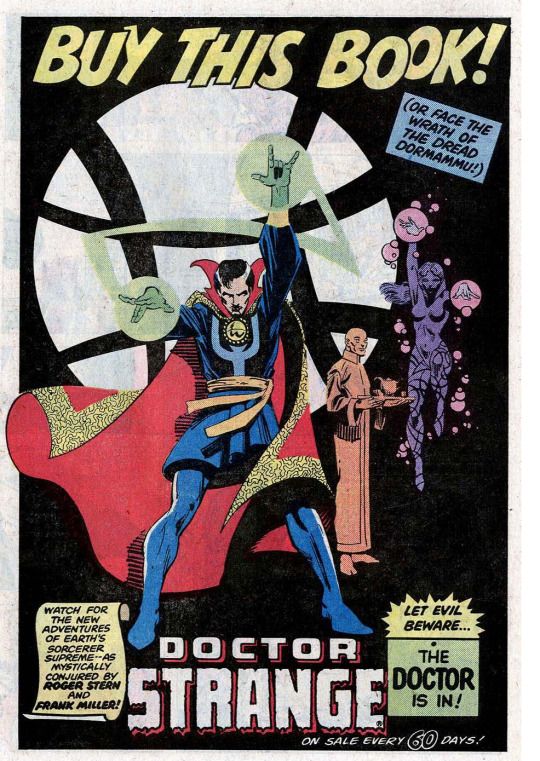
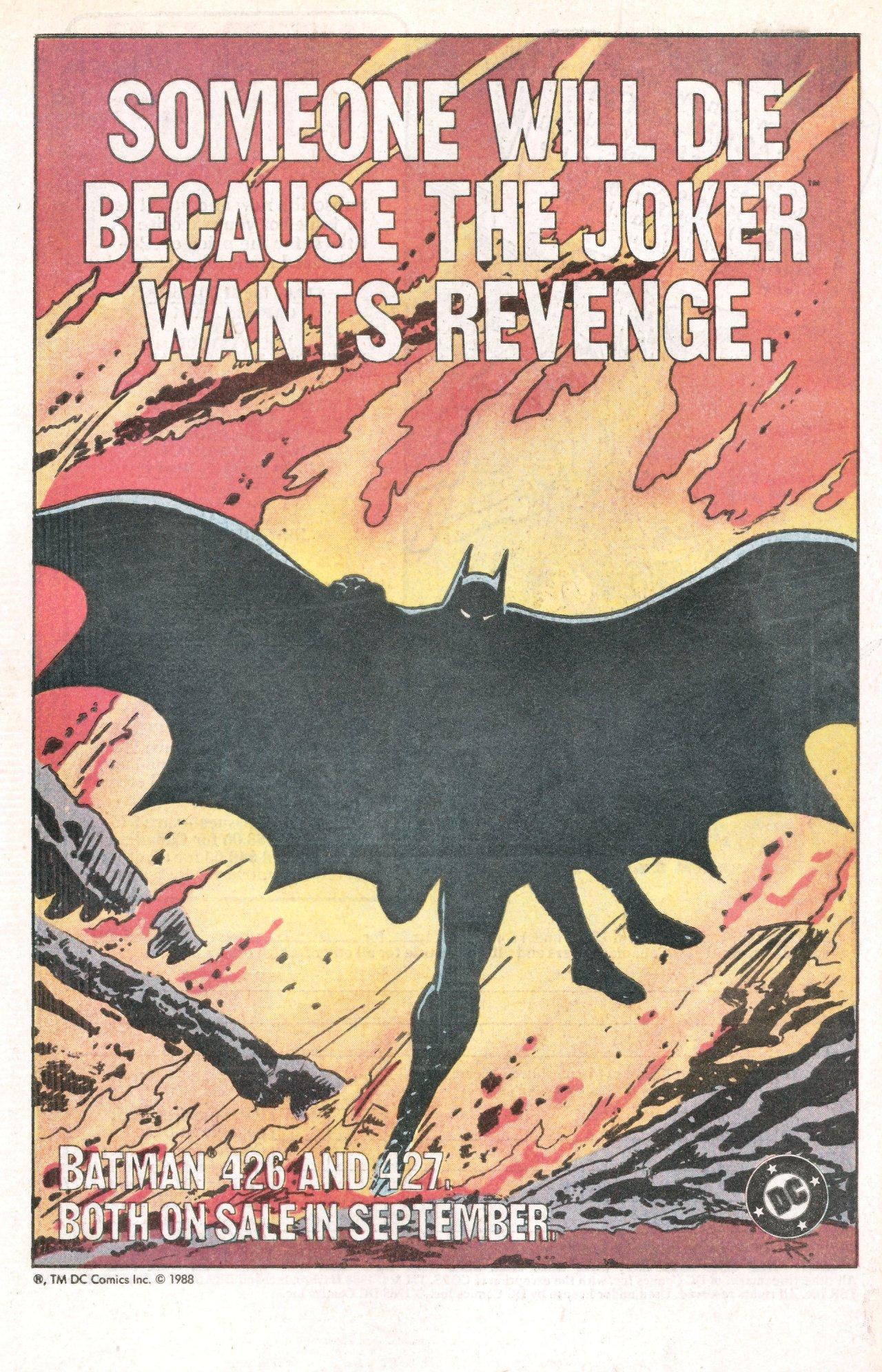
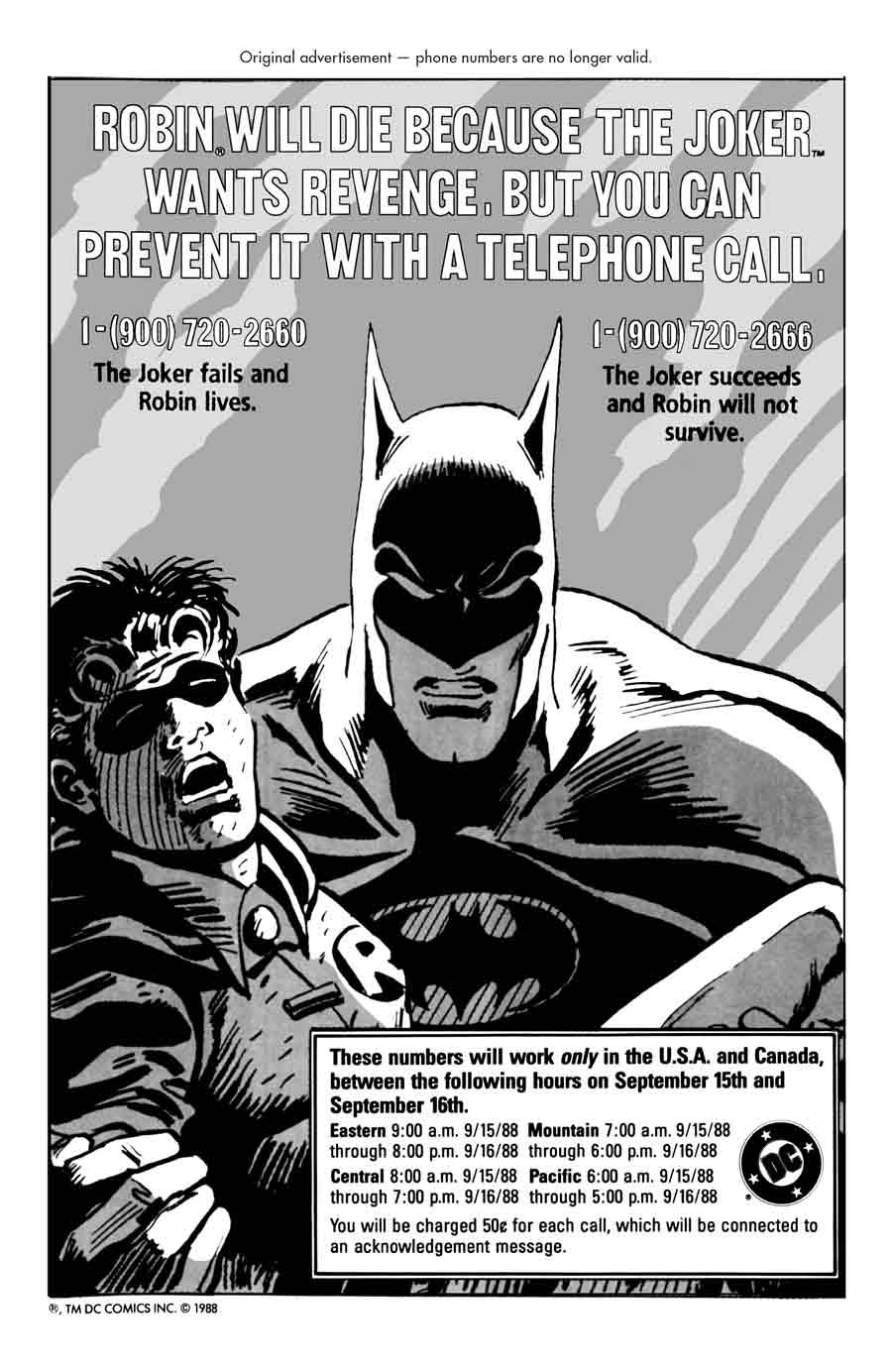
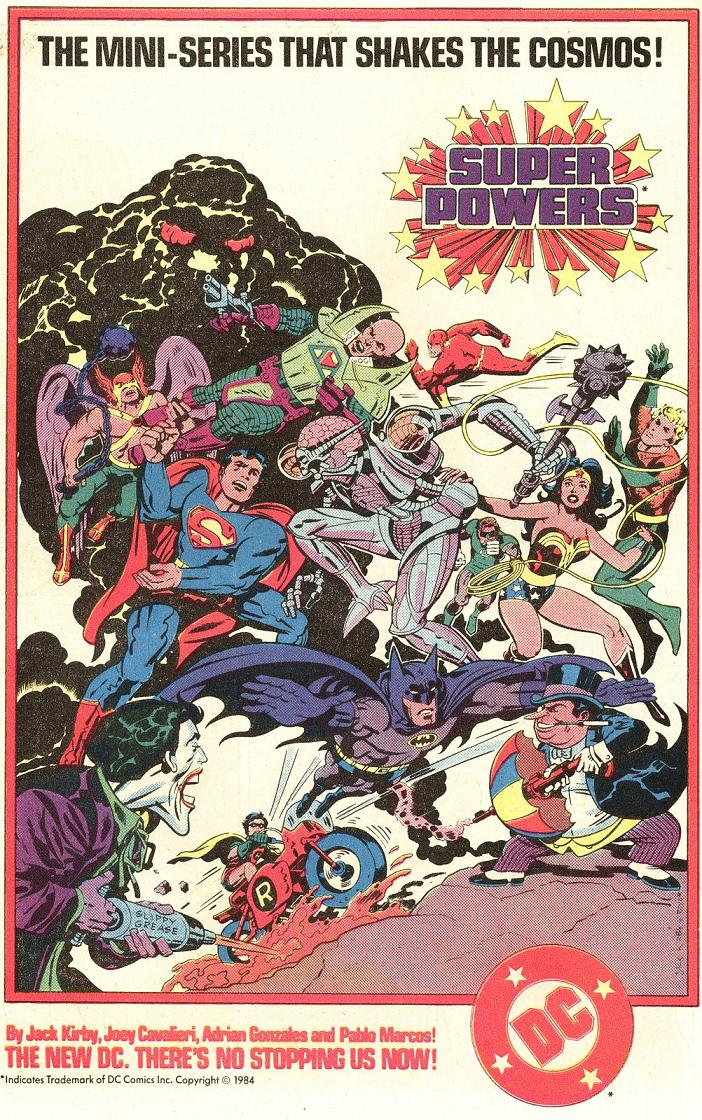

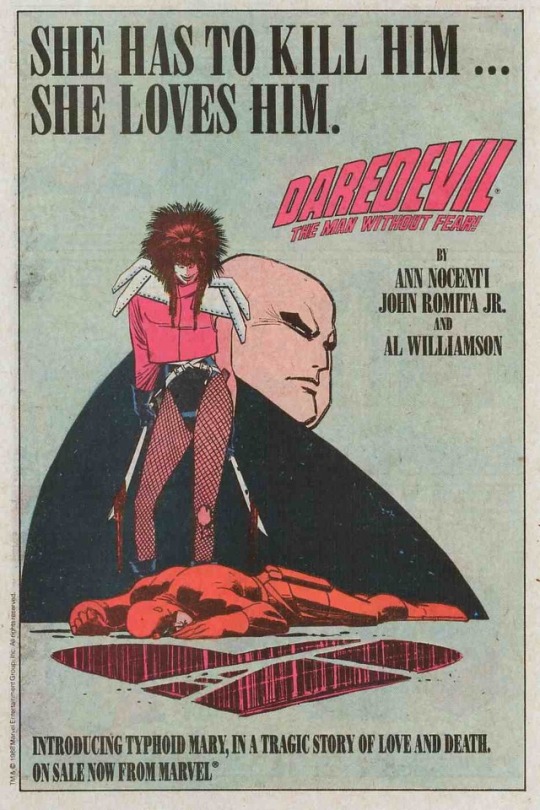
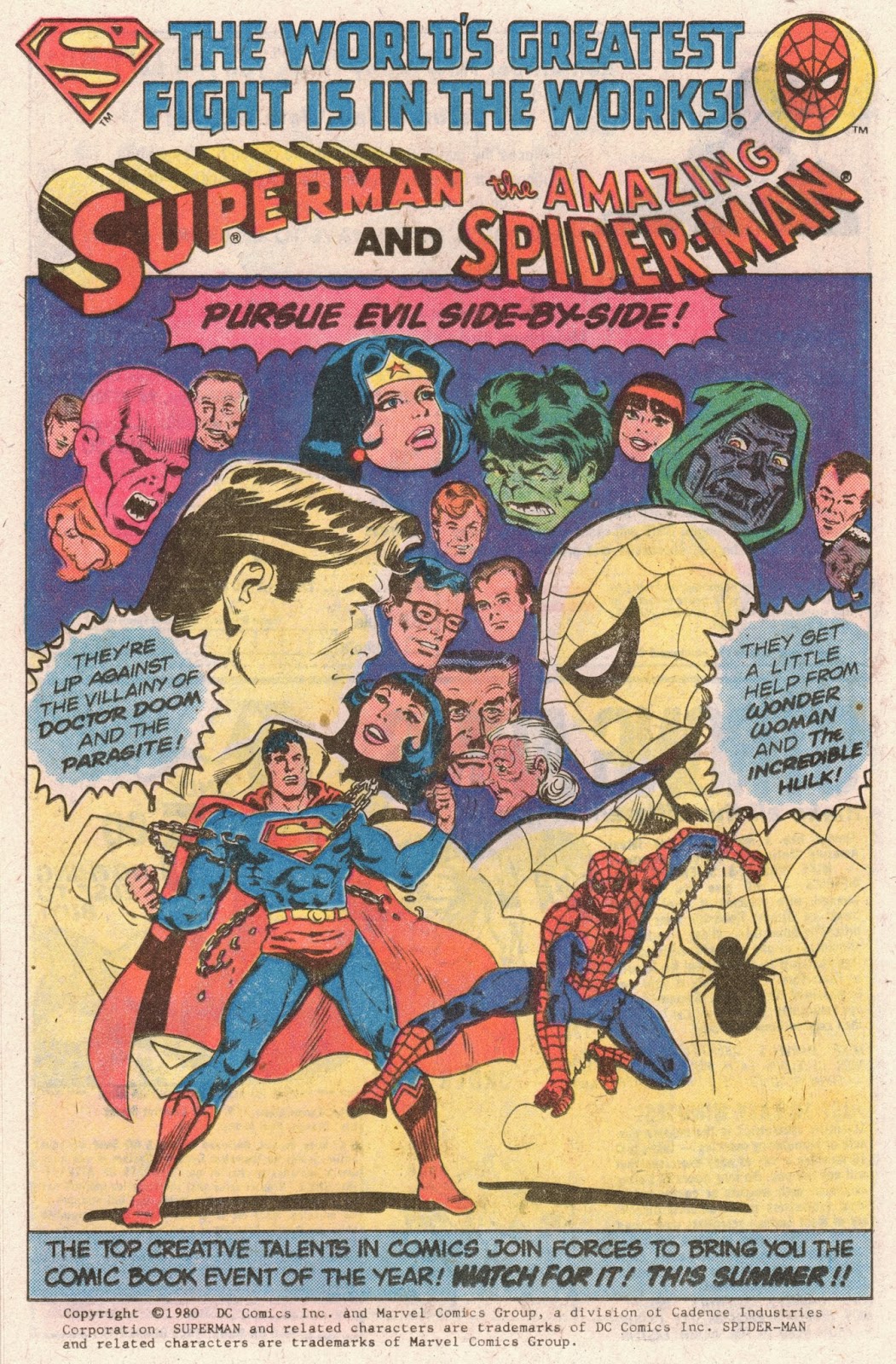
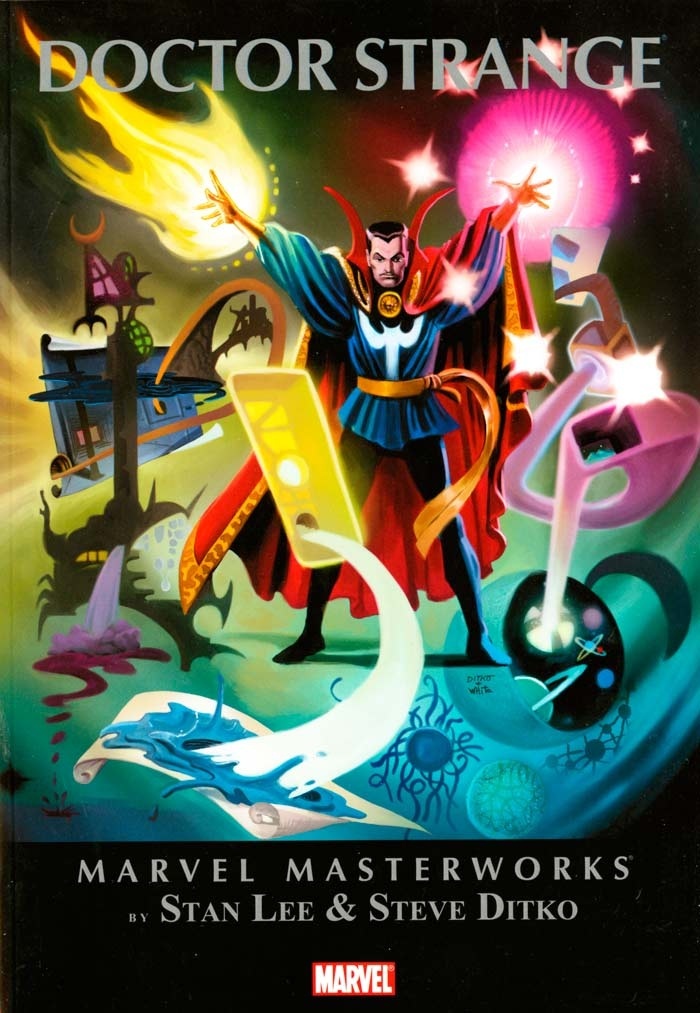
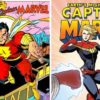







Leave a reply